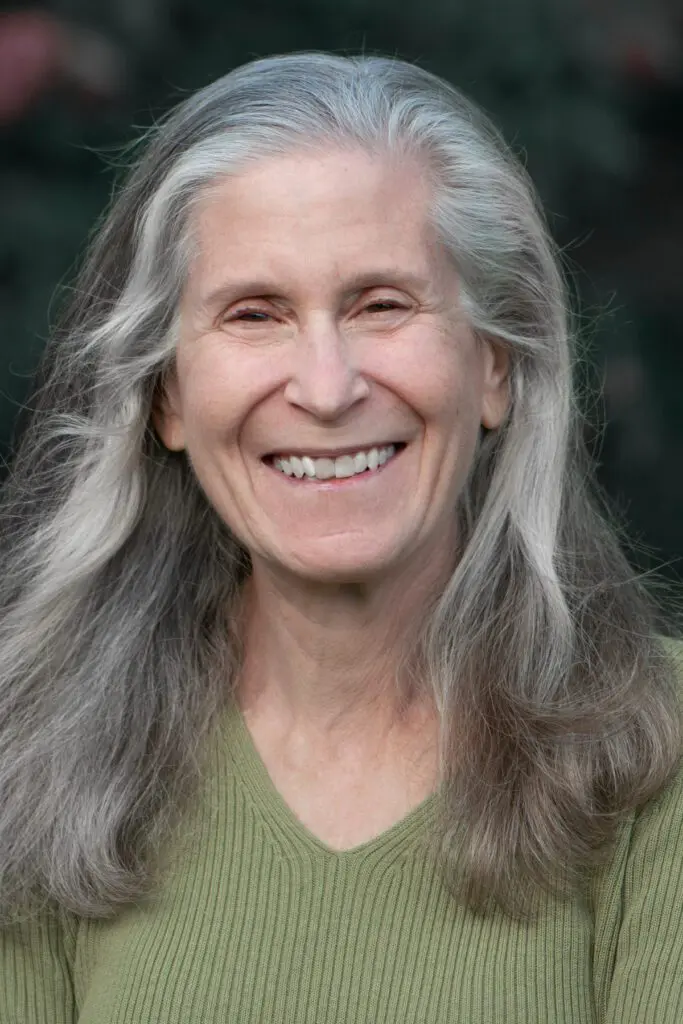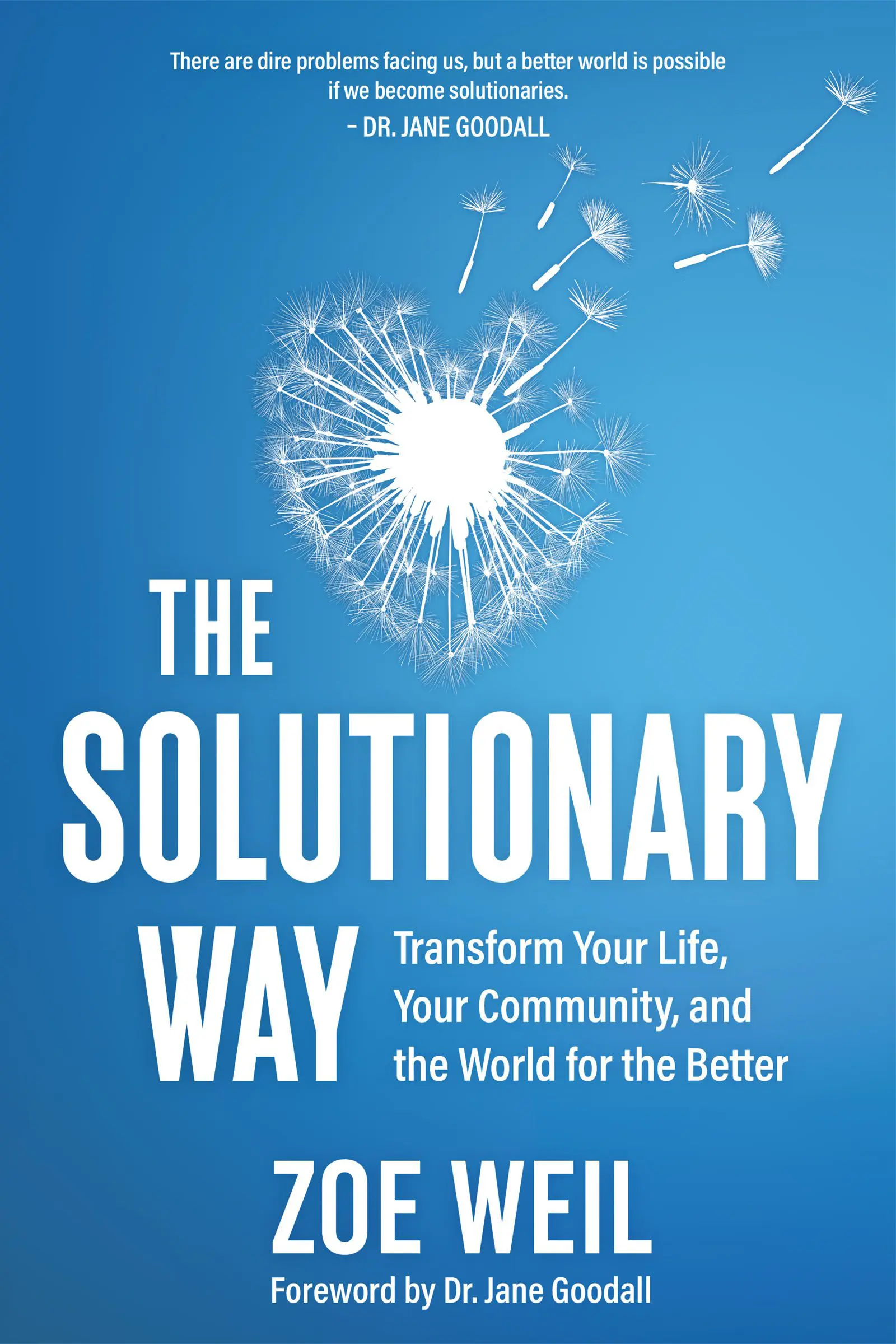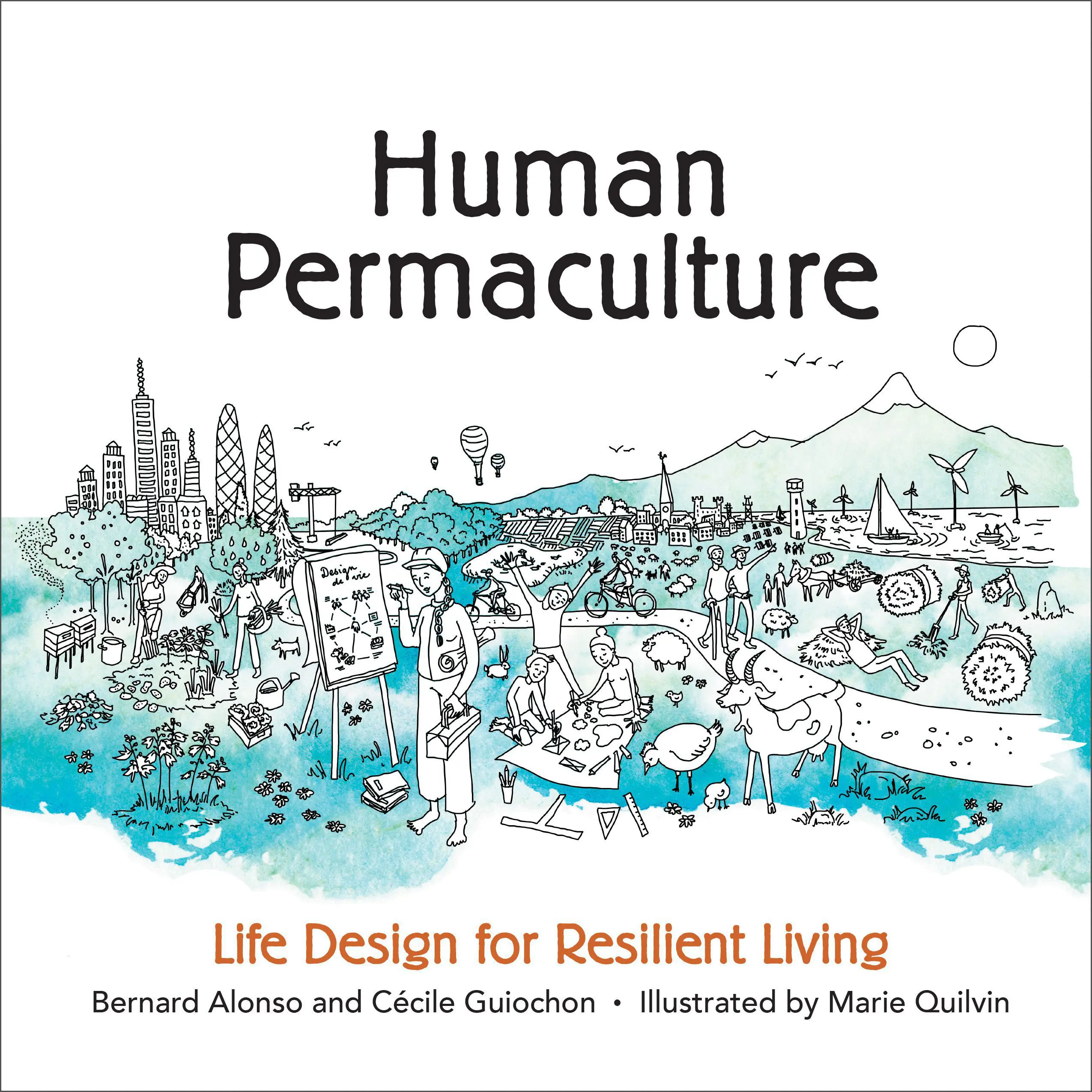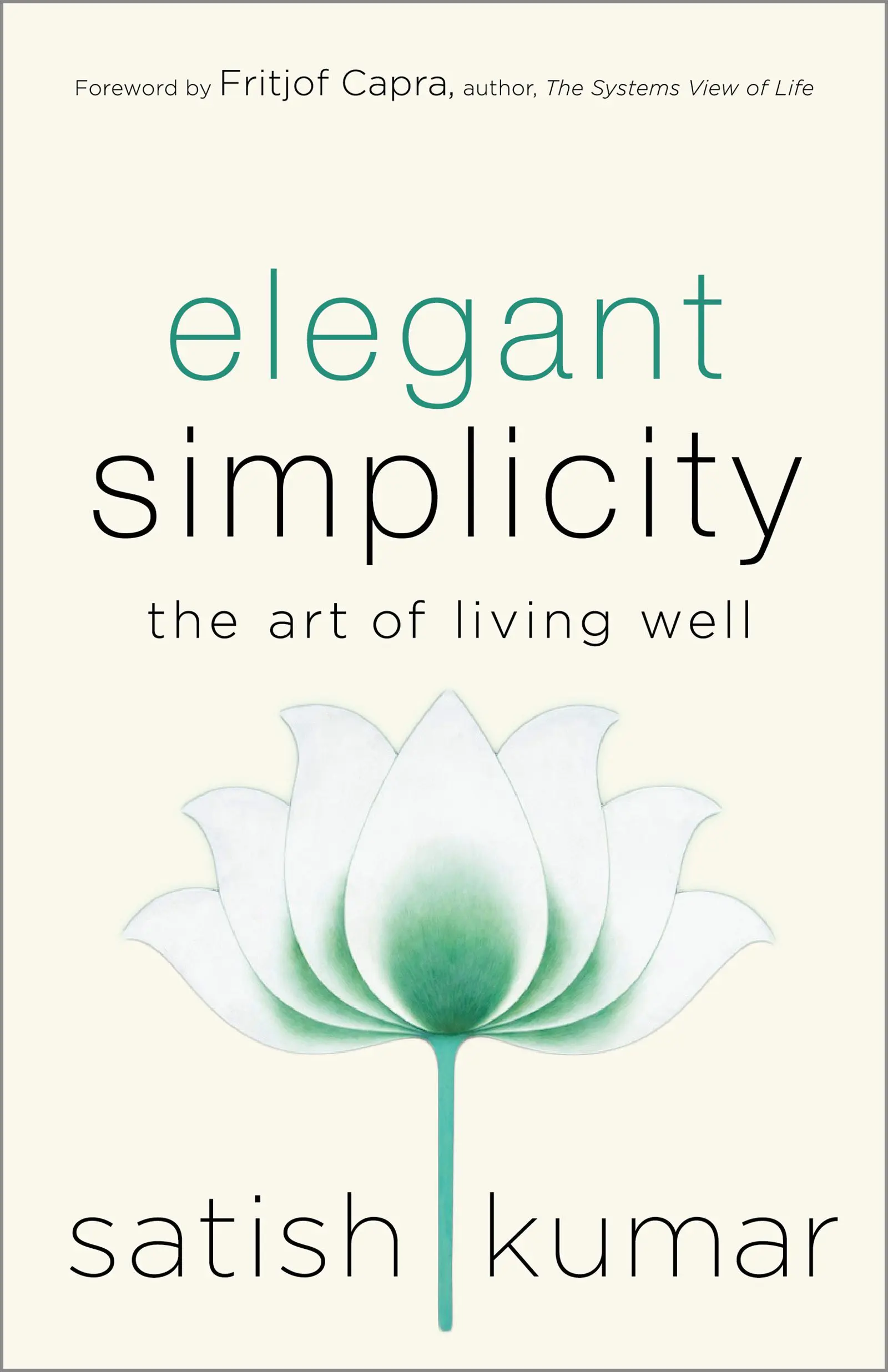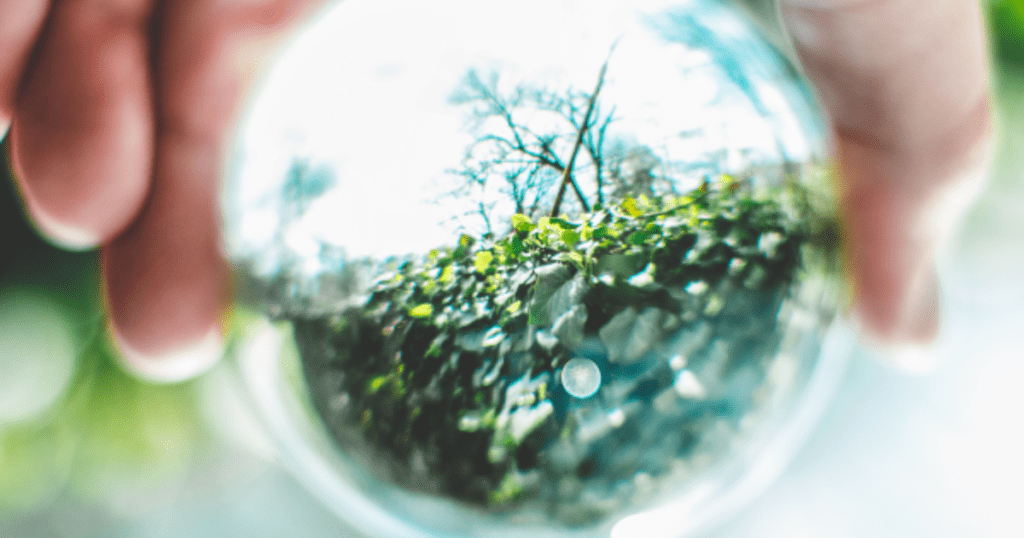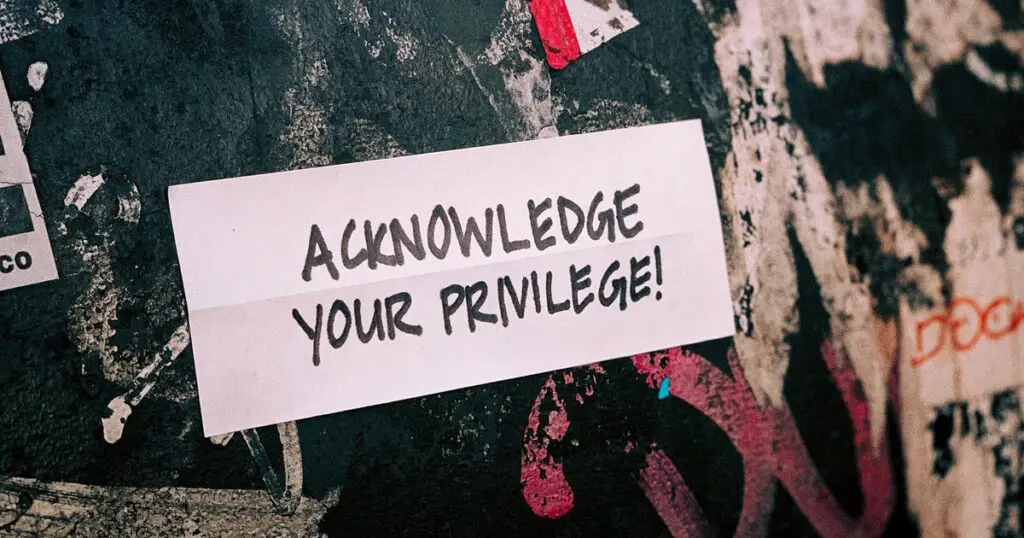
In this excerpt from The Solutionary Way, author Zoe Weil offers context to the notion of balancing individual needs with the greater good. Tying together the provocative 2019 short film The Treatment and the inspired concept of MOGO (Most Good, Least Harm), Weil paints a vivid picture of the everyday choices we make. She gently nudges us toward a more thoughtful approach to our ethical compass, inviting us to reflect deeply on our actions as we journey forward.
Excerpt from Chapter 2: Most Good For The Least Harm (MOGO)
Would You Kill a Cousin for a Full Head of Hair?
In September 2022, I attended a screening of the Manhattan Short Film Festival. After watching ten films, I and the other audience members voted for the one we thought should win. I voted for Álvaro Carmona’s The Treatment. In this provocative film, a bald man and his presumed spouse visit a treatment center for baldness. Meeting with a representative of “the treatment,” which consists of a $6,000 pill that permanently ensures a full head of hair, the couple learns that there is a side effect. Within a few days, a cousin of the man will die. But the representative is quick to assure the client that it might be a second cousin he sees only at an occasional wedding.

As one would expect, the couple is disbelieving and horrified, but the representative, who shares a photo of his own baldness before the treatment, offers his personal head as a tactile example of what the client will experience in perpetuity if he takes the pill. The couple strokes his hair, and we witness their resolve to resist the treatment weakening. The representative reminds them that people die all the time.
The couple leaves, and it seems they are actually considering the treatment. Then, in the lobby, they run into one of the man’s (bald) cousins whom they haven’t seen since a long-ago wedding. He is arriving for his own meeting with the representative. And so ends the film.
The premise of The Treatment is ridiculous of course, but it is also a brilliant way of telling an extreme version of the story of our everyday lives. Like the bald man in The Treatment, people with means regularly spend significant amounts of money on things that they believe will improve their lives, whether their physical appearance (e.g., cosmetics and high-end clothing), their pleasure (e.g., far-flung vacations and costly forms of entertainment), their status (e.g., jewels and luxury cars), or simply their preferences (e.g., a purebred dog).
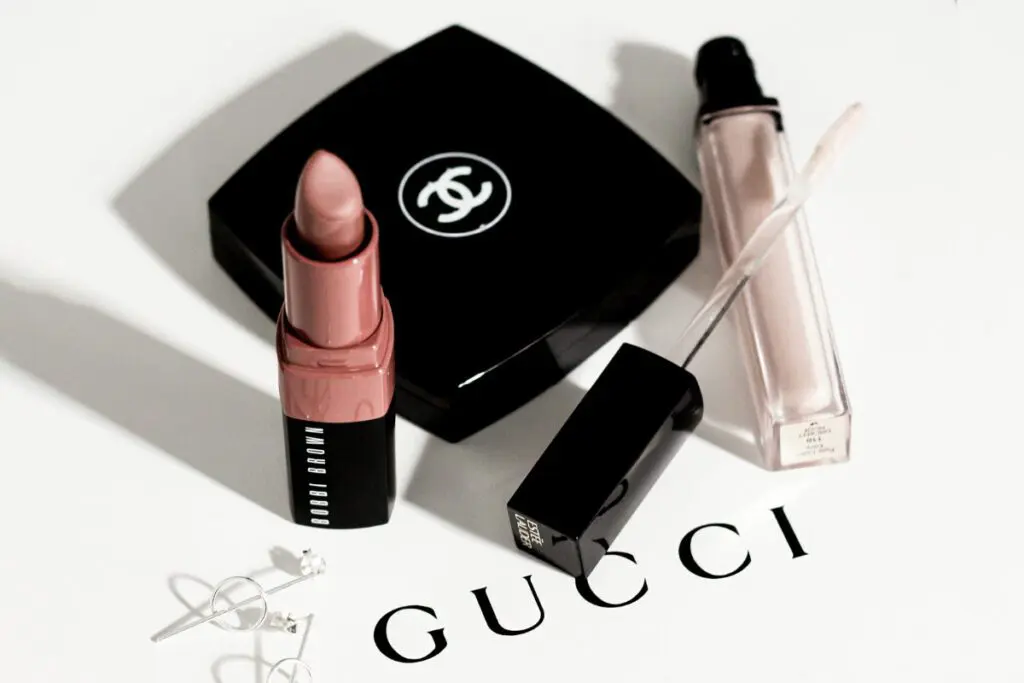
Most people don’t consider these choices as having an ethical component and certainly not one as stark as that described in The Treatment, but they are similar to the film’s obviously unethical choice because they are all examples of putting the fulfillment of our desires above others’ lives. The truth is that for me writing this and for most people reading this, we cause a lot of harm through our choices but are rarely encouraged to reflect upon our complicity.
For example, many cosmetics are tested on animals who are killed solely for our vanity. Our flights to go on vacation are a significant contributor to climate change, and until we replace fossil fuels with clean energy sources, they will remain so. The jewelry we buy may carry a trail of environmental destruction and the exploitation of miners. When we purchase a puppy from a breeder or pet shop, there’s a dog in a shelter who didn’t get a home and may soon be killed for lack of space.

The Treatment only appears far-fetched because the man is told that someone in his extended family will die so that he can have a full head of hair, but the reality is that many someones in our global family—human and nonhuman—die all the time because of our choices. While it can be uncomfortable to recognize this truth, the realization that our choices can do more good and less harm can be empowering and liberating.
The MOGO Principle
“Most good, least harm” isn’t simply the ethical imperative embedded in the solutionary process; it is also a principle by which to make personal choices. I refer to it as the MOGO Principle (short for MOst GOod), and it takes the universally embraced Golden Rule, to do unto others as we would have them do unto us, and puts it into practice in a globalized world in which our everyday choices have far-reaching impacts.
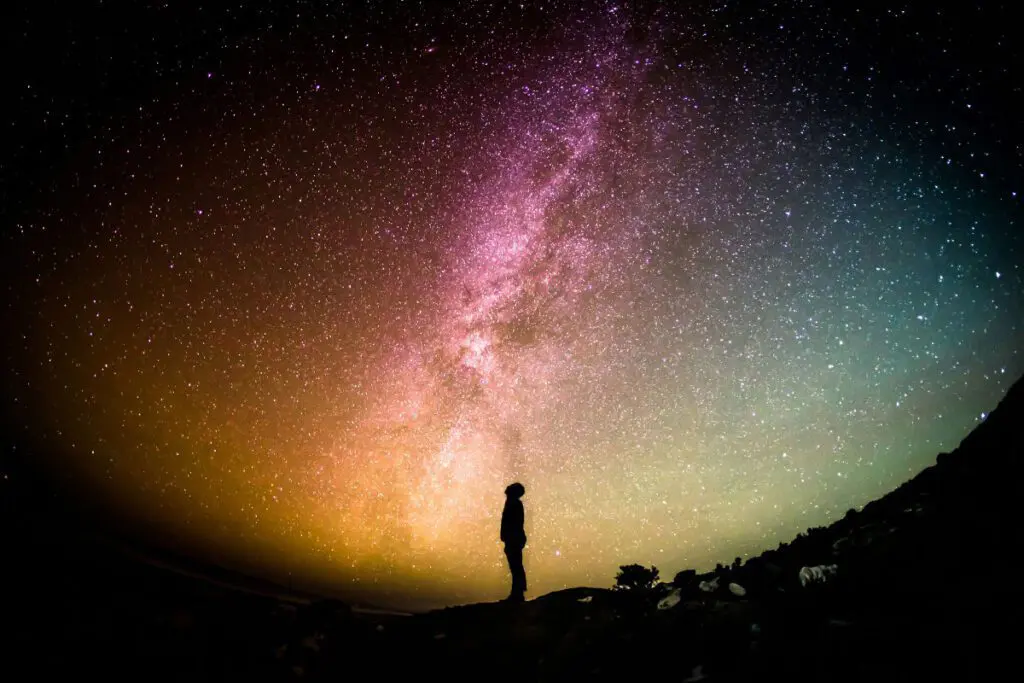
Given that virtually every product we buy, item of clothing we wear, form of energy and transportation we use, and morsel of food we put in our mouths are part of intricate systems that impact not only our own lives but also other people, animals, and ecosystems across the planet, MOGO choice-making can be challenging. But even though we cannot fully extricate ourselves from systems that cause harm, we can still endeavor to make personal decisions that are MOGO.
While at first this might sound like an exhausting effort amidst busy lives, MOGO can and does lead to meaning and happiness. There are myriad choices we can make that will bring us pleasure, or better yet, joy, that not only minimize unintended negative consequences but which also contribute to a better world.
When I was writing my book Most Good, Least Harm I asked hundreds of people what brought them joy. I knew that few people would pursue a MOGO life if doing so felt like endless deprivation or guilt, so I wanted to discover whether choosing MOGO was compatible with personal happiness. No one told me that stuff (clothing, jewelry, or other purchased objects) brought them joy. Almost everyone talked about being with loved ones—both humans and animals—and many mentioned experiences in nature. There were also a number of people who wrote about helping others and working for a cause greater than themselves. It was striking how many people named service as their primary path to joy.

The MOGO principle doesn’t ask us to make any specific choices; it simply asks us to reflect upon the effects of our choices so that when we make decisions, we are considering their impacts. The more conscious we are and the more we are able to make choices aligned with our values, the less inner conflict we are likely to experience and the greater our potential for inner peace.

